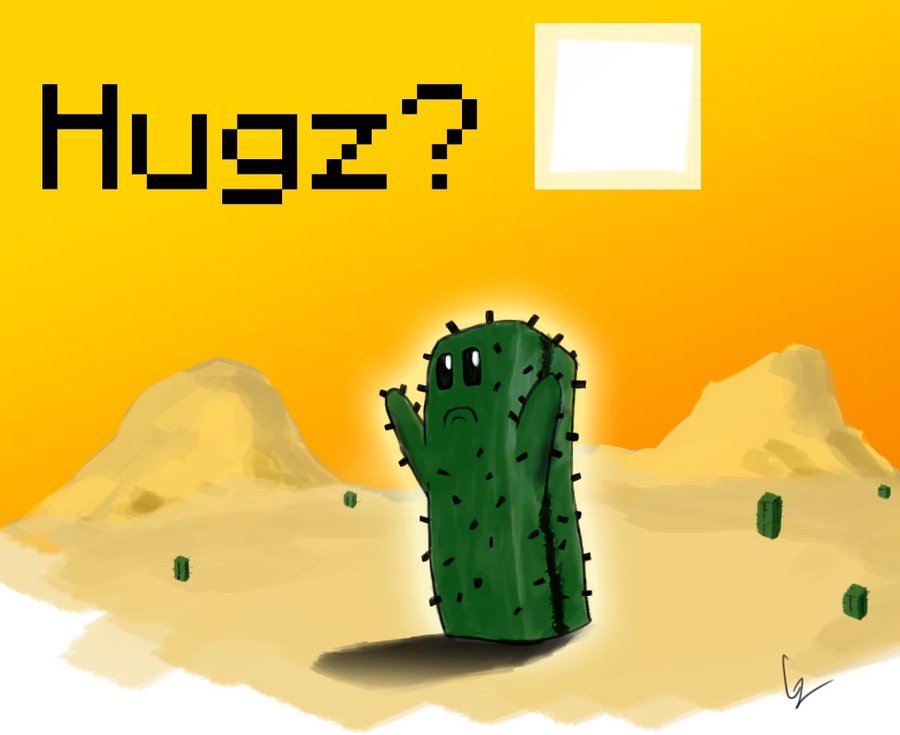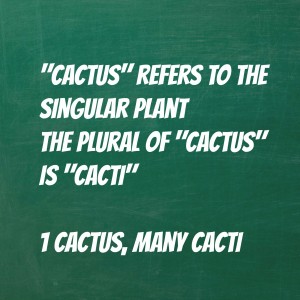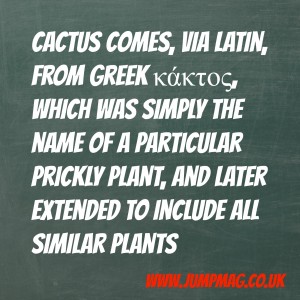
Part of our series on the features in Minecraft. If you are a Minecraft player, then you know that Cactus blocks grow naturally in deserts and mesas. The blocks can be harvested, but will destroy any items that come in contact with them. But what are REAL cacti like (and why do we sometimes say “cactus” and other times say “cacti”? Sarah takes a closer look.
 I recently visited the Sonoran Desert in Arizona, USA. The weather there is very hot and it is very dry because it only rains for a few days a year. Although it is a tough place to live, some plants and animals can survive there. Many of the plants found in the Sonoran Desert belong to the Cactus family.
I recently visited the Sonoran Desert in Arizona, USA. The weather there is very hot and it is very dry because it only rains for a few days a year. Although it is a tough place to live, some plants and animals can survive there. Many of the plants found in the Sonoran Desert belong to the Cactus family.
Cacti look quite different to most other plants. They don’t have leaves and their thick stems are covered in spines.
These are all adaptations to the dry environment to conserve water. Cactus stems are thick because they can store lots of water.
The stems of many cacti are ribbed so that the stem can get larger or smaller depending on how much water is stored. Local wildlife like to eat the juicy flesh of cacti, so most cacti are covered in sharp spines to protect themselves.
 Water is lost from plants by evaporation (liquid water turning to gas) from the plant surface. It is similar to how sweat dries on our skin.
Water is lost from plants by evaporation (liquid water turning to gas) from the plant surface. It is similar to how sweat dries on our skin.
A good way to reduce water loss from plants is to have a smaller plant surface. Cacti have less surface than most plants because they don’t have leaves.
However, leaves are needed by most plants to turn sunlight into sugars (plant food) through photosynthesis.Without any leaves to make food, the stems of cacti are specially adapted to make food instead.
As well as conserving water, cacti have to be able to absorb as much water as possible on the few days a year when it does rain.
They have large root systems that grow just under the surface of the soil to catch rain water as soon as it falls.
Sarah Shailes is a plant scientist working at the John Innes Centre, Norwich, UK. She studies how some plants can form friendly relationships with soil bacteria, which help the plants gain nutrients they need to grow. When she isn’t in the laboratory she enjoys knitting and hiking, and helps run a local Brownie Guide unit.
Thanks to AlexpolisTigers for the etymology assistance.



